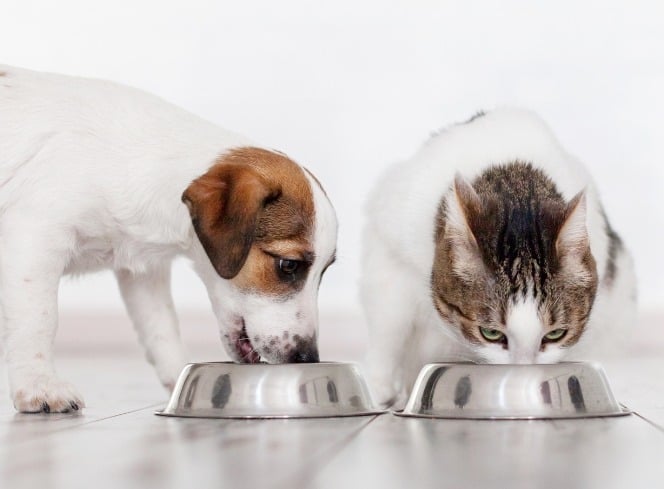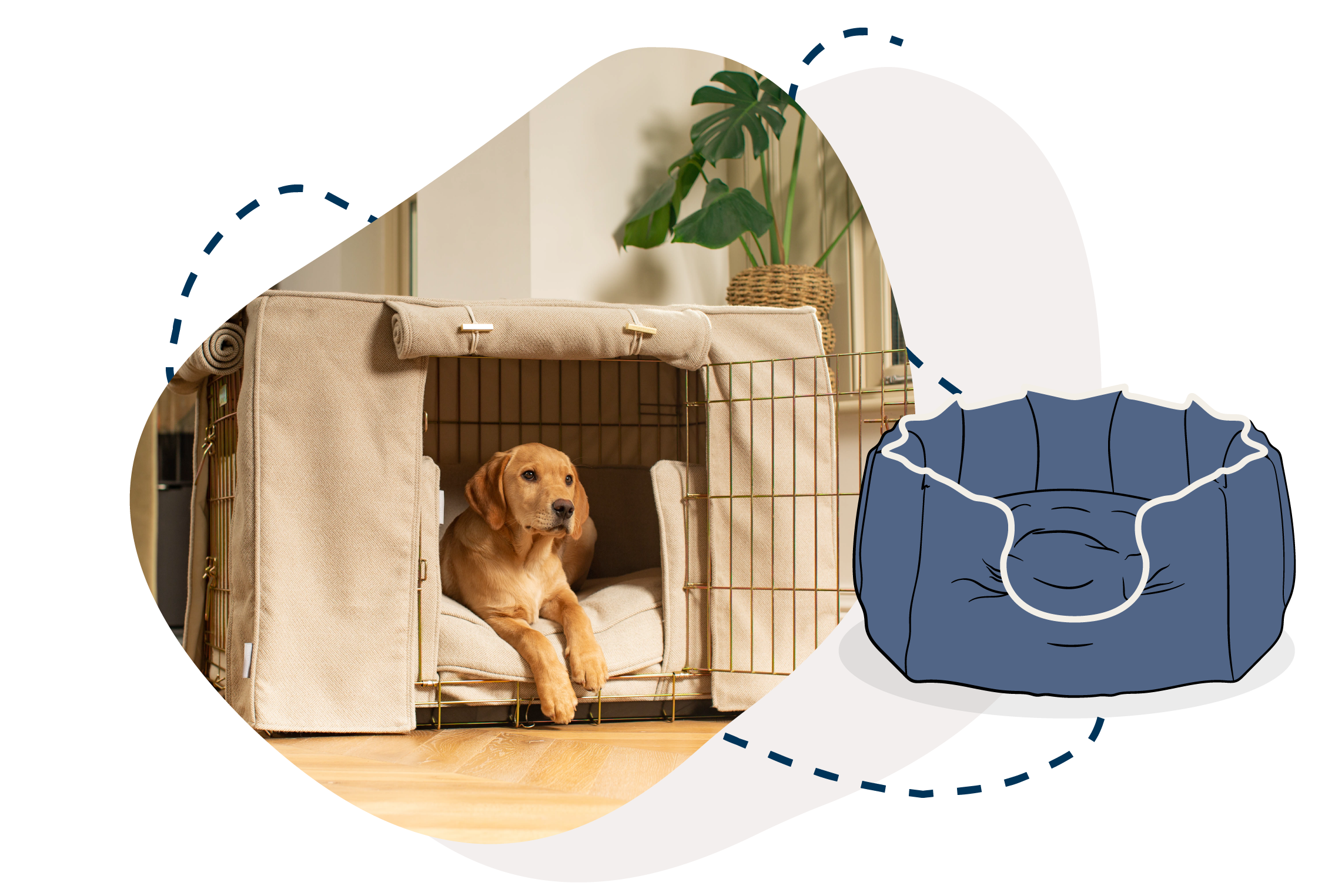
Signs Your Dog Might Be Bored (And How to Fix It!)
Dogs are loyal and loving companions, but they also need plenty of mental and physical stimulation to thrive. A bored dog isn’t just a lazy dog; boredom can lead to behavioural problems, anxiety, and even health issues. But how do you know if your dog is bored, and what can you do to keep your pooch happy and entertained? Our team of Pet Experts have explored the common signs of boredom in dogs and shared their top tips for preventing it with enriching solutions that are fun, simple, and effective. How Can You Tell If Your Dog Is Bored? Boredom in dogs can show up in many different ways. If your canine companion is displaying any of the following behaviours, it might be time to add some variety to their daily routine. 1. Destructive Behaviour Chewing furniture, ripping up cushions, digging in the garden, or tearing up toys? These classic signs of mischief might actually be a cry for mental stimulation. Our Pet Experts' Solution: Offer a variety of chew-safe toys and treat-dispensing puzzles to keep their brain busy. Enrichment toys like snuffle mats or slow feeders can mimic the natural challenge of foraging. Our interactive dog toys are a brilliant way to redirect destructive tendencies into productive play. 2. Excessive Barking or Whining Is your dog barking at everything that moves or constantly whining for attention? Dogs left without enough stimulation may vocalise more than usual out of frustration or boredom. Our Pet Experts' Solution: Try structured play sessions with toys that engage their senses. Tug toys, squeaky balls, and interactive fetch toys can help burn energy. You can also teach your dog new commands or tricks to keep their mind sharp and build your bond. Short training bursts throughout the day are great boredom-busters! 3. Pacing or Restlessness Does your dog struggle to settle, pace around the house, or circle aimlessly? These behaviours may indicate they’re craving mental or physical activity. Our Pet Experts' Solution: Make use of dog enrichment tools like treat puzzles, or go on varied walks with new scents and routes. Scent work and nose games are fantastic for tiring out an active mind. You could even hide treats around the house for a mini scavenger hunt! 4. Overeating or Loss of Appetite Changes in your dog’s eating habits — like eating too much or showing little interest in food — may stem from boredom. Just like humans, some dogs comfort eat while others lose their appetite when they’re under-stimulated. Our Pet Experts' Solution: Make mealtime fun by using slow feeders or food-dispensing toys. These tools encourage natural foraging behaviour and turn dinner into a game. Lords & Labradors stocks a range of feeding accessories perfect for mentally engaging your dog during mealtime. 5. Excessive Sleeping While dogs love a good snooze, if your pooch is sleeping more than usual and isn’t showing interest in toys or interaction, it may be due to lack of stimulation. Our Pet Experts' Solution: Schedule multiple short playtimes throughout the day. Use interactive toys that your dog can engage with even when you're busy. A comfy bed in a stimulating spot, like near a window, can also provide passive enrichment when your dog’s relaxing. 6. Attention-Seeking Behaviour Clinginess, pawing, nudging for cuddles, or following you around like a shadow may all be signs your dog is under-stimulated. Our Pet Experts' Solution: Include them in daily activities like training sessions or indoor games. Try teaching them new tricks or introducing agility-style games at home. Trick training is a fun and mentally enriching way to keep dogs engaged and happy. 7. Aggression or Mood Changes If your dog becomes more irritable, snaps unexpectedly, or seems withdrawn, boredom and frustration could be underlying causes. Our Pet Experts' Solution: Add variety to their day. Rotate toys, try a new walking route, or introduce a new game. Enrichment should target all their senses, not just physical energy. Puzzle toys, sniff walks, and interactive training all offer positive outlets for pent-up emotions. How to Prevent Boredom in Dogs The good news? Preventing boredom in dogs is easy when you build a routine that balances stimulation with rest. Here are some boredom-busting tips from our Pet Experts: Invest in Interactive Toys: Toys that squeak, bounce unpredictably, or release treats will keep your dog busy even when you're not home. Rotate toys regularly to maintain interest. Use Food as Enrichment: Turn meals into a challenge with treat puzzles, snuffle mats, or slow feeders that encourage problem-solving. Mix Up Walks & Outings: New walking routes, sniff spots, or park visits help satisfy your dog’s natural curiosity and sensory needs. Training = Mental Workout: Trick training, obedience games, or even scent work provide excellent mental stimulation and strengthen your bond. Create Enrichment Stations: Set up different areas at home with specific toys or challenges. Try a cosy corner with a chew, a window perch for watching the world go by, or a ball pit filled with hidden toys. Keep Your Dog Happy, Healthy, and Entertained A mentally enriched dog is a happy dog, and a better-behaved one too! From interactive dog toys to comfy beds and delicious treats, Lords & Labradors has everything you need to banish boredom and keep tails wagging. Explore our range of dog essentials to keep your canine companion engaged, active, and content every day.


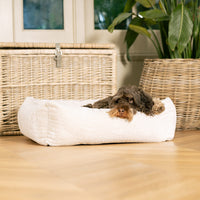

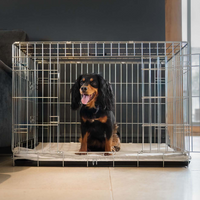
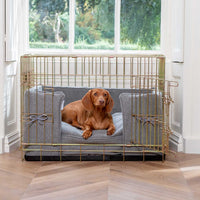
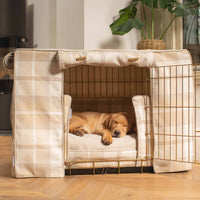
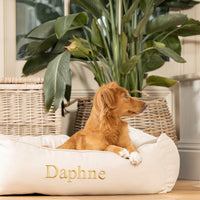
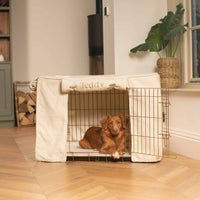
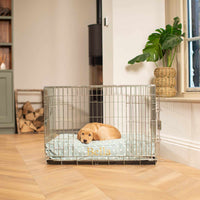
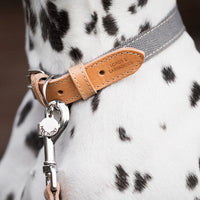





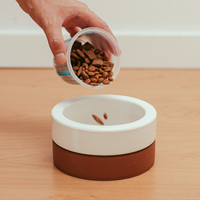
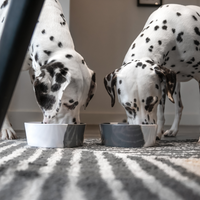

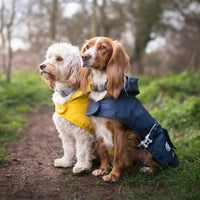

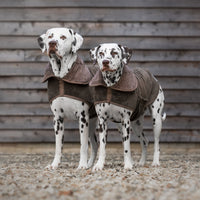
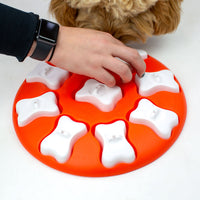
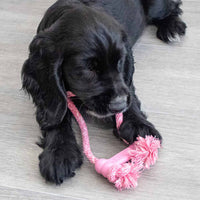

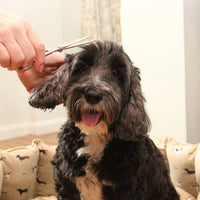



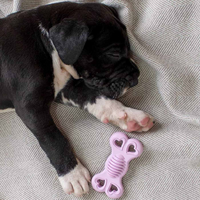
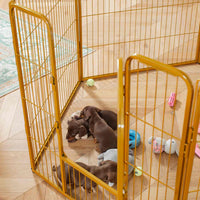
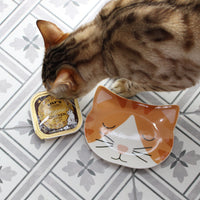
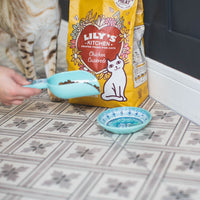
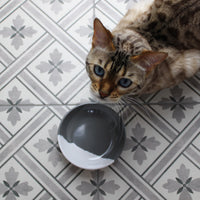
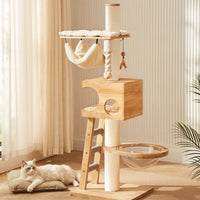
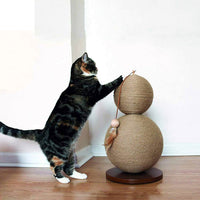
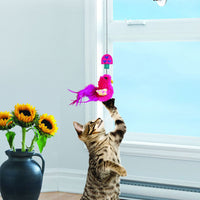
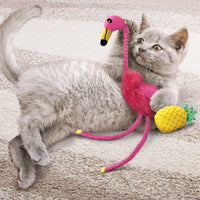

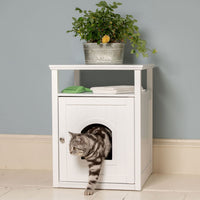
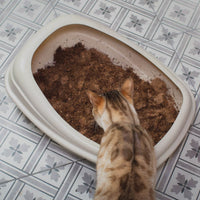
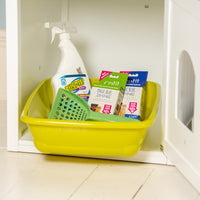
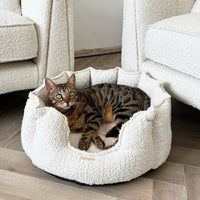
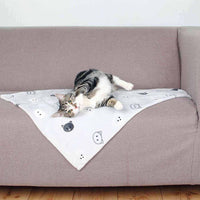
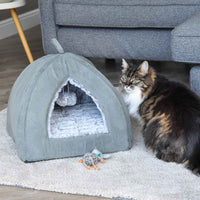



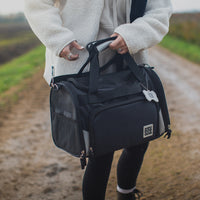

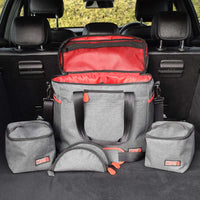


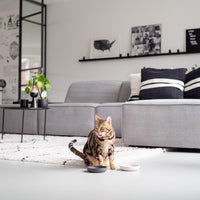




























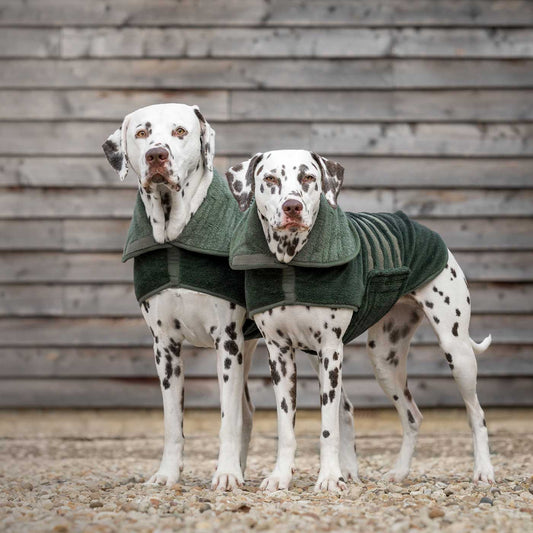


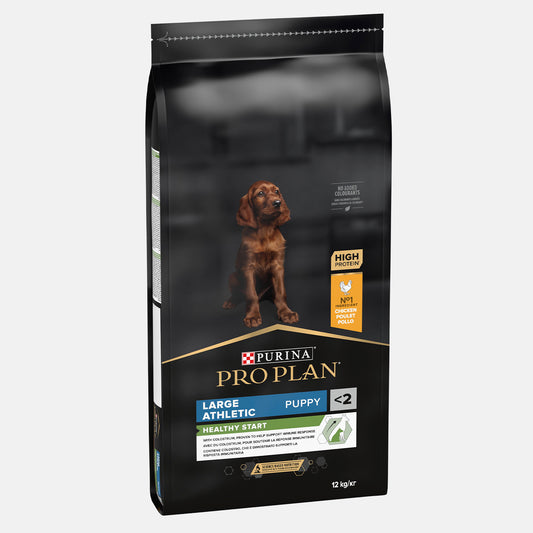
























.jpg?v=1736434525795&options=)


